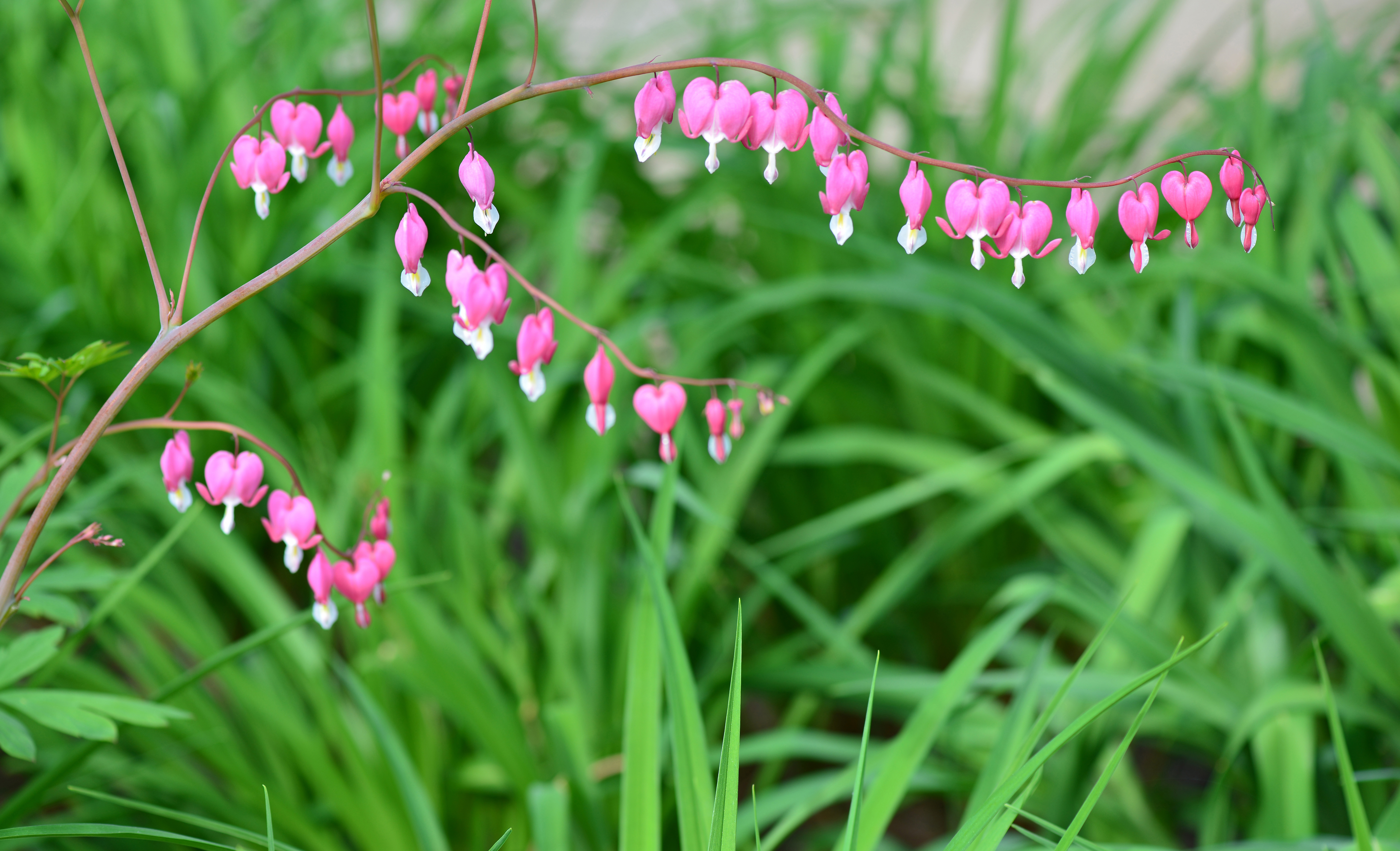What do Arizona’s Saguaro cactus, Oregon’s Bleeding Heart and North Carolina’s Button Bush have in common? They all fall under the category of native plants!
Native plants add a flare of local culture to any project. Every region across the United States hosts various varieties of native plants that provide an eco-friendly option for newly designed landscapes.
What is a native plant?
“A native plant is one that occurs naturally in a particular region, ecosystem or habitat without direct or indirect human intervention,” according to the United States Department of Agriculture.
A simple Google search will reveal a variety of options to choose from that are local to your area.
California landscapes, for example, feature plants like the succulent Agave and shrub-like Manzanita. Colorado decorates its terrain with Wild Rose bushes and charming spreads of Black-eyed Susan. Meanwhile, the Georgia countryside boasts flowering Dogwood trees and vibrant Winterberry plants.
No matter where your project is, there are plenty of native plants to choose from that will enhance any landscape.
Why native plants?
Native plants are more than just another pretty face.
“They generally save water, have lower maintenance requirements, reduce pesticide use and support the local ecosystem,” explained Ewing Public Agency and Specification Manager Michael Facon.
The ways local plants can benefit a landscape are abundant. “Native plants can enhance a local ecosystem by creating a habitat for butterflies (or other beneficial insects), improving soil health, helping with erosion control and more,” Facon said.
Because these plants are natural to the area, they are conditioned to flourish in even the harshest environments and therefore require less care. However, it is still important to perform general maintenance to keep them in good health and discourage evasive weeds from cropping up.
When using different types of native plants in the landscape, always try to group plants that have similar sun, soil and water needs.
“Grouping native plants refers to the way plants grow together in nature,” Facon said. “Looking at the bioregions in your area will help you better understand the conditions present in the area you are working to determine where you should place certain plants.”
Native plant nutrition
Ready for another benefit that comes from using native plants in the landscape? When planted in their natural region, they effortlessly grow without heavy use of amendments or fertilizers!
However, while plant amendments are not critical, some products can be used during the planting process to give native plants an extra, nutritional boost, which ensures overall plant health.
Dr. Tony Goldsby, Ewing’s National Turf Products Manager, explained, “Mycorrhizai fungi exist in symbiosis with native plant roots and play an important role in extracting nutrients from the soil.”
This relationship between the Mycorrhizai fungi found in a plant’s native soil and the native plant’s roots, causes the plant to thrive.
“Utilizing a product like Holganix Bio 800+ when planting can help to bolster nutrition levels by adding additional Endo and Ectomycorrhizae to the native soil profile,” said Goldsby. 
Holganix is a plant-based, organic compost tea full of beneficial ingredients that will help a native plant become well established when properly applied during the planting process.
From Washington’s dainty Mountain Lady Slipper to Florida’s hurricane resistant Fiddlewood, every state produces many extraordinary local plant species that can revolutionize a landscape.
With a little extra research, you can make native plant suggestions for projects part of your offering today.





